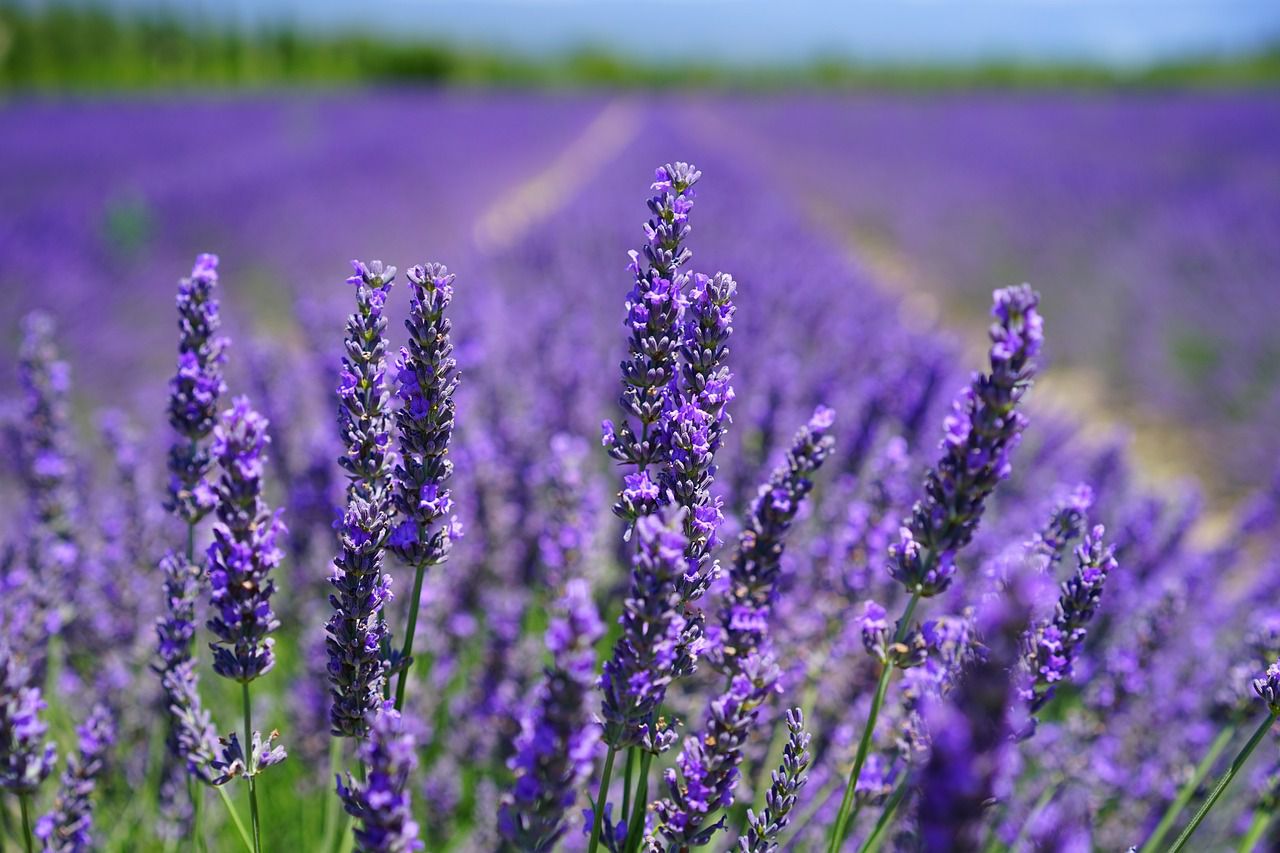Lavender isn't just beautiful - it also has plenty of natural benefits that can help a gardener.
If you love this plant, then try planting it next to other plants in your garden - that might give you some advantages.
Planting lavender next to other plants can be beneficial due to several reasons.
Natural Pest Repellent
Lavender produces aromatic oils with a strong fragrance that repels many common garden pests like mosquitoes, moths, and flies.
By planting lavender near other plants, you can help deter these pests, reducing the need for chemical pesticides.

Attracting Beneficial Insects
While lavender repels harmful insects, it attracts beneficial ones such as bees, butterflies, and other pollinators.
These insects play a crucial role in pollinating flowers and promoting overall garden health.
Companion Planting
Lavender is often used in companion planting to enhance the growth and well-being of neighboring plants.
For example, planting lavender alongside vegetables or fruits can help protect them from certain pests, while also contributing to the overall biodiversity of the garden.
Soil Health
Lavender has a deep root system that can help improve soil structure by aerating and preventing soil compaction.
This can benefit neighboring plants by promoting better water drainage and nutrient absorption.
Disease Prevention
Lavender's natural oils have some antimicrobial properties, which might help prevent the spread of certain plant diseases.
While it may not entirely replace disease management strategies, it can contribute to the overall health of the garden.
Drought Tolerance
When planted near other plants, it can help create a microclimate that retains moisture better, benefiting neighboring plants during dry periods.








